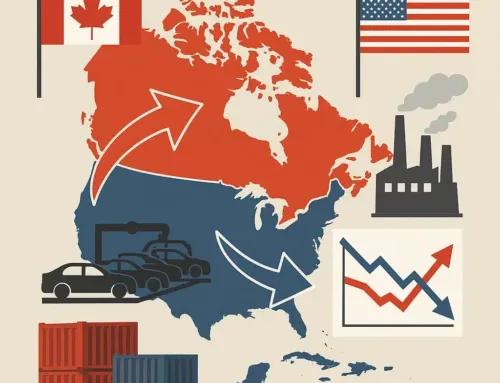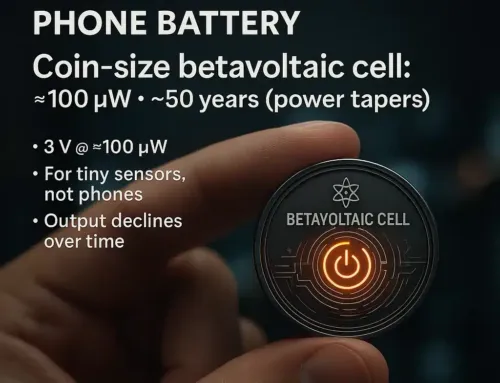
Approx. read time: 3.7 min.
Post: Challenges and Strategies: The Entry of Chinese EVs into North American Markets
Challenges and Strategies: The Entry of Chinese EVs into North American Markets. Affordable electric vehicles (EVs) from China might arrive in Canada before making their way to the United States. The U.S. has strong protections against BYD, a Chinese electric vehicle manufacturer, establishing a plant in Mexico, whereas Canada does not share the same level of defense. The concern over Chinese automotive competition is widespread, with Tesla’s CEO Elon Musk warning of the potential for Chinese car companies to dominate global markets if trade barriers are not enforced. Ford’s CEO, Jim Farley, expresses concern over competing with Chinese automakers, suggesting a partnership to develop a universal, cost-effective battery program to safeguard 20% to 30% of revenue at risk. Stellantis seems to have conceded, with CEO Carlos Tavares planning to use Chinese affiliate Leapmotor’s architecture for vehicles in Europe or North America to address price competition. The Alliance for American Manufacturing warns that the influx of inexpensive Chinese cars, subsidized by their government, could spell disaster for the U.S. automotive industry.
How the U.S. and China Compete in Planes, EVs, Chips and More | WSJ U.S. vs. China
China’s BYD is eyeing Mexico for its first EV manufacturing facility amid its need to export more vehicles due to a slowing economy, exacerbated by President Xi Jinping’s policies and a cooling domestic EV market. With production capacity outpacing domestic demand, China aims to boost its EV exports to sustain its automotive sector.
However, the U.S. might not be the immediate target for China’s automotive exports. Despite the attractiveness of the U.S. market, America’s specific defenses against China, including a bipartisan “Anybody But China” stance, present significant barriers. The U.S. maintains a 25% tariff on Chinese automobiles, a measure aimed at national security that blocks Chinese automakers from direct exports to the U.S. This has led to speculation about BYD’s interest in Mexico as a way to navigate these restrictions under the United States Mexico Canada Agreement (USMCA), which would still face challenges due to stringent rules on manufacturing and component sourcing.
For BYD, aligning with USMCA and Inflation Reduction Act requirements would mean losing their cost advantage, making it unlikely for them to benefit significantly from assembling vehicles in Mexico. The company could explore exporting to the U.S. under Most Favoured Nations regulations, but this too faces obstacles such as tariffs on imported steel and potential sanctions against parts produced in China’s Uyghur region.
Challenges and Strategies: The Entry of Chinese EVs into North American Markets
Further complicating matters, the Biden administration is considering additional restrictions on Chinese smart cars, which could affect electric vehicles and parts from China regardless of their assembly location. This suggests that penetrating the American auto market will be challenging for Chinese manufacturers.
In contrast, Canada lacks the protective measures found in the U.S., with no significant tariffs against Chinese autos and a government seemingly open to increasing EV imports, including those from China. With incentives like Canada’s CDN$5,000 subsidy for EVs, the entry of Chinese automakers into the Canadian market seems not a matter of if but when.
As BYD contemplates building a plant in Mexico, its strategy remains uncertain. It could be aiming for a long-term presence in the U.S., exploring other markets like South America, or focusing on serving the Mexican and possibly Canadian markets. Despite the uncertainty, the U.S. has effectively fortified its automotive industry against Chinese competition, a security Canada does not currently possess.
Just as we can predict rain by observing the clouds, why couldn’t we foresee the overwhelming resource dominance, approximately 80%, of the electric vehicle industry before it significantly impacted us? While our version of TikTok is filled with young girls exploiting themselves online, China’s TikTok serves as an educational platform. We set ourselves up for failure right from the start and have yet to adequately address the issue.









